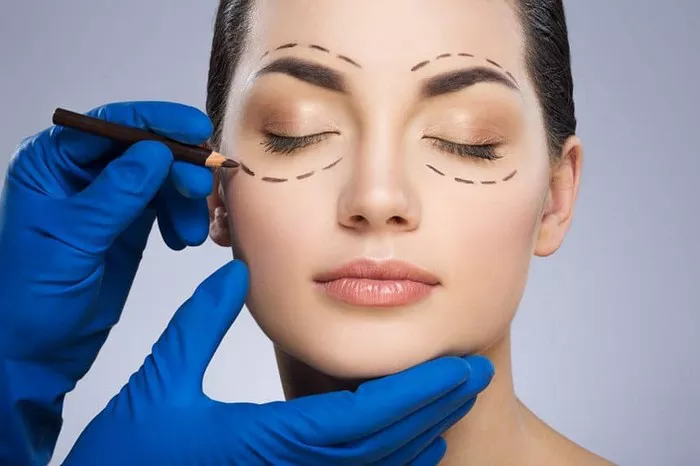Eyelid surgery, also known as blepharoplasty, is a cosmetic procedure aimed at rejuvenating the appearance of the eyelids by addressing sagging skin, excess fat, and muscle laxity. As individuals consider eyelid surgery to achieve a more youthful and refreshed look, one common question that arises is: how long does the procedure take? In this article, we will explore the various aspects of eyelid surgery, including the different types, the surgical process, factors influencing the duration, and the recovery timeline.
Types of Eyelid Surgery
There are two primary types of eyelid surgery: upper blepharoplasty and lower blepharoplasty. These procedures target different areas of the eyelids to address specific concerns:
Upper Blepharoplasty: This procedure focuses on the upper eyelids, aiming to remove excess skin, reposition fat deposits, and tighten the underlying muscles. Upper blepharoplasty can help address hooded eyelids and improve vision obstruction caused by sagging skin.
Lower Blepharoplasty: Lower blepharoplasty addresses the lower eyelids by addressing issues such as under-eye bags, puffiness, and wrinkles. This procedure involves the removal or repositioning of excess fat and the tightening of skin and muscles.
Surgical Process and Duration
The duration of eyelid surgery can vary based on several factors, including the type of procedure being performed and whether both upper and lower eyelids are being addressed. Generally, the surgical process involves the following steps:
Consultation: During the initial consultation, you will discuss your goals and concerns with the surgeon. They will assess your eyelids, overall health, and recommend a personalized treatment plan.
Anesthesia: Eyelid surgery can be performed under local anesthesia with sedation or general anesthesia, depending on your comfort and the surgeon’s recommendation.
Incision Placement: The surgeon makes discreet incisions along the natural creases of the eyelids for upper blepharoplasty or beneath the lash line for lower blepharoplasty.
Tissue Adjustment: For upper blepharoplasty, excess skin is removed, fat deposits are adjusted, and muscles may be tightened. For lower blepharoplasty, excess fat is repositioned or removed, and loose skin is tightened.
Sutures: The incisions are closed with fine sutures that are typically removed within a week.
Factors Influencing Duration
The duration of eyelid surgery can vary based on several factors:
Type of Procedure: Upper blepharoplasty tends to be quicker than lower blepharoplasty, as the lower eyelid procedure can be more complex due to the delicate nature of the area.
Combined Procedures: If both upper and lower blepharoplasty are being performed together, the overall procedure may take longer.
Individual Anatomy: Individual variations in eyelid anatomy can influence the surgical process and the time it takes to achieve the desired results.
Surgeon’s Expertise: The surgeon’s experience and skill play a role in the efficiency of the procedure.
Recovery Timeline
The recovery timeline for eyelid surgery can vary, but here is a general overview:
Immediate Recovery: Following the procedure, you will spend some time in a recovery area. Once you are awake and stable, you may be allowed to go home.
Initial Days: Swelling, bruising, and discomfort are common in the days following the surgery. Cold compresses and prescribed pain medications can help manage these symptoms.
Suture Removal: Sutures are typically removed within a week after the procedure.
Resuming Normal Activities: Most individuals can return to work and light activities within 7 to 10 days, though some swelling may persist.
Complete Healing: While visible bruising and swelling subside within a few weeks, the final results may take several months to fully develop as residual swelling diminishes.
Conclusion
The duration of eyelid surgery depends on factors such as the type of procedure, the surgeon’s expertise, and individual anatomy. Both upper and lower blepharoplasty are generally well-tolerated and offer rejuvenating results for the appearance of the eyelids. Consulting with an experienced plastic surgeon will provide you with a clearer understanding of the procedure’s duration and the expected recovery timeline. As with any cosmetic procedure, patience during the healing process is key to achieving the best possible outcome and enjoying a refreshed and revitalized appearance.


